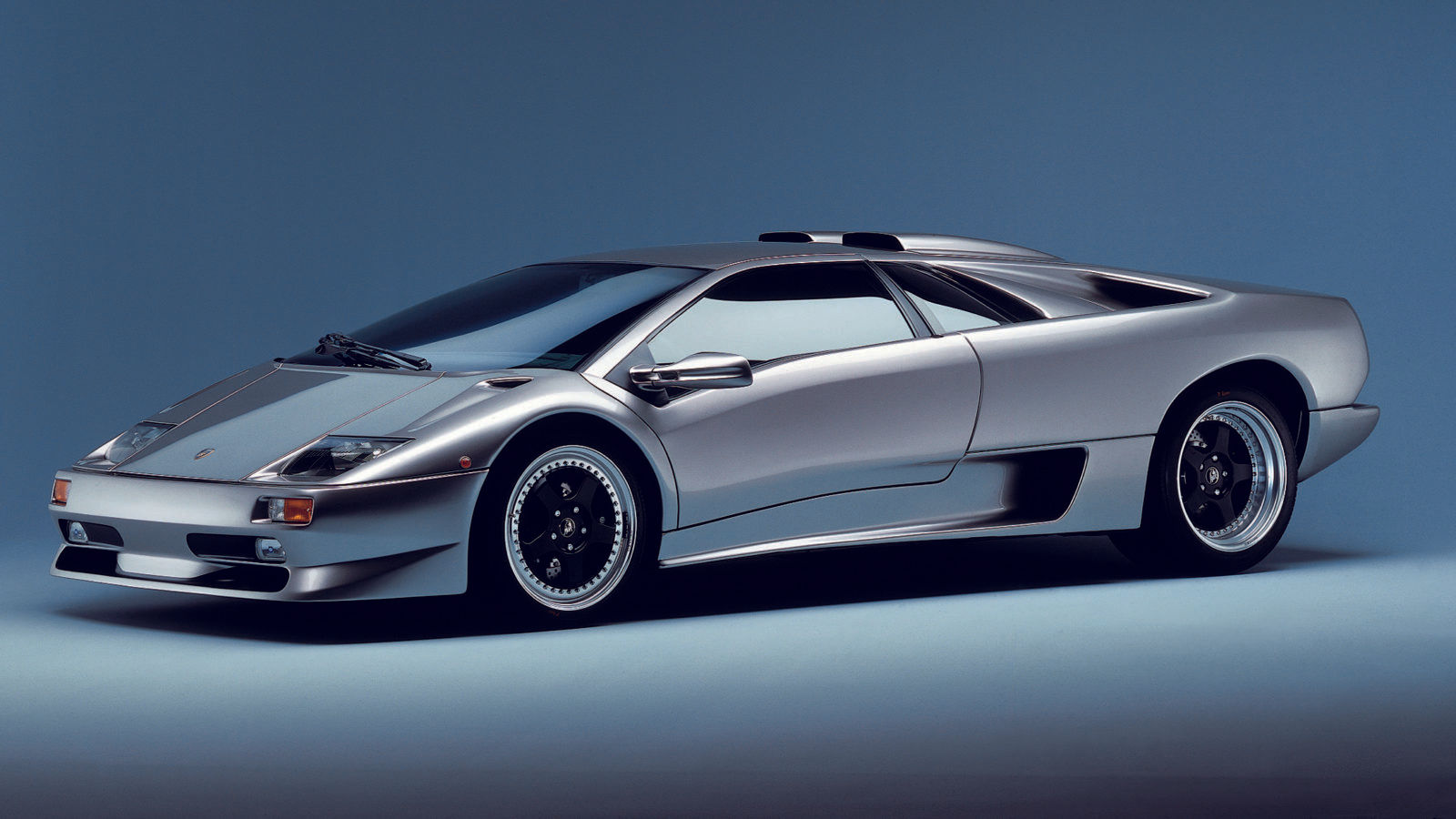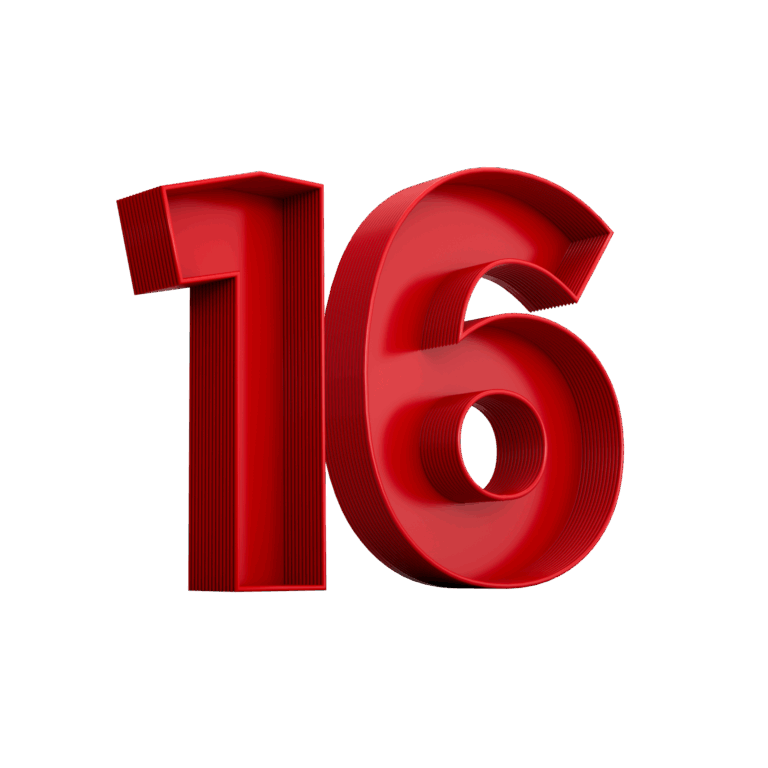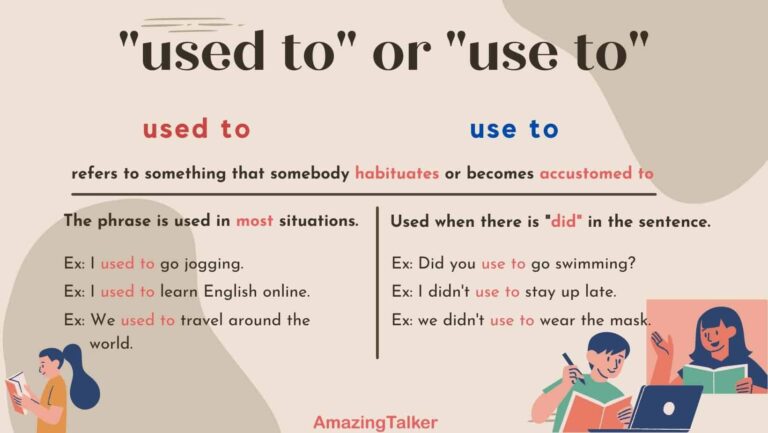1990 Jeep Wrangler Engine For Sale: A Comprehensive Buyer’s Guide
1990 Jeep Wrangler Engine For Sale: A Comprehensive Buyer’s Guide jeeps.truckstrend.com
The 1990 Jeep Wrangler YJ holds a special place in the hearts of off-road enthusiasts and classic vehicle collectors alike. Known for its distinctive square headlights, rugged capability, and utilitarian charm, the YJ generation represents a pivotal era for the iconic brand. When the heart of such a beloved machine – its engine – falters, the quest for a replacement becomes a mission of passion and practicality. This comprehensive guide is designed for anyone navigating the market for a "1990 Jeep Wrangler Engine For Sale," offering insights, advice, and a clear roadmap to getting your classic YJ back on the trails or the open road.
Whether your current engine has succumbed to years of hard use, a catastrophic failure, or you’re embarking on a full restoration project, finding the right replacement engine is paramount. It’s not merely about buying a part; it’s about preserving a legacy and ensuring your Wrangler continues to deliver the legendary performance it’s known for.
1990 Jeep Wrangler Engine For Sale: A Comprehensive Buyer’s Guide
The Heart of the YJ: Understanding 1990 Engine Options
Before diving into the market, it’s crucial to understand the engine options originally offered in the 1990 Jeep Wrangler (YJ). This knowledge will guide your search and ensure compatibility with your vehicle’s existing drivetrain.
The primary engine found in the 1990 YJ was the 4.2L AMC 258 cubic inch Inline-Six (I6). This carbureted engine, often referred to simply as the "258," is renowned for its low-end torque, durability, and relative simplicity. While not a powerhouse in terms of horsepower, its ability to crawl over obstacles and its longevity made it a favorite among Jeepers. Its robust design allows for many miles of reliable service when properly maintained.
A less common, but still available, option was the 2.5L AMC 150 cubic inch Inline-Four (I4). This engine offered better fuel economy but significantly less power and torque than the 4.2L. It was typically paired with lighter-duty applications or for those prioritizing efficiency over raw capability.
Both engines are naturally aspirated and designed for rugged environments. When searching for a replacement, identifying which engine your 1990 Wrangler originally came with is your first critical step, as swapping between the two requires significant modifications to the transmission, mounts, and wiring.
Why Buy a Replacement 1990 Jeep Wrangler Engine?
The decision to purchase a replacement engine for your 1990 YJ often stems from several key scenarios:
- Engine Failure: The most common reason. A seized engine, major internal damage (e.g., cracked block, spun bearings, thrown rod), or irreparable issues can necessitate a complete engine swap.
- Restoration Projects: For enthusiasts restoring a YJ to its original glory, a new or rebuilt engine is essential to ensure the vehicle performs as it did when new.
- Performance Refresh: Even if your engine is running, an older, high-mileage unit might be tired, burning oil, or lacking compression. A replacement can revitalize performance, improve fuel efficiency (marginally), and enhance reliability.
- Cost-Effectiveness: In many cases, replacing the engine is far more economical than purchasing a newer vehicle, especially if the rest of your Wrangler is in good condition and holds sentimental value. It allows you to keep an already paid-for asset on the road.


Types of 1990 Jeep Wrangler Engines For Sale
The market offers various types of replacement engines, each with its own advantages and considerations:
- Used/Pulled Engines: These are engines removed from other vehicles, typically salvage Jeeps.
- Pros: Generally the cheapest option. Can be a quick solution if found locally.
- Cons: Unknown history, mileage, and internal condition. High risk of hidden issues. No warranty. May require significant cleaning or minor repairs before installation.

- Rebuilt/Remanufactured Engines: These engines have been disassembled, inspected, and had worn or damaged components replaced with new or reconditioned parts.
- Pros: More reliable than used engines, often come with a warranty (ranging from 90 days to several years), and are built to specific quality standards. They are a "like-new" option without the "new" price tag.
- Cons: More expensive than used engines. Quality can vary between rebuilders, so choose a reputable supplier.
- Crate Engines (New Old Stock or Modern Equivalents): While less common for direct 1990 YJ engine replacements, some specialized suppliers might offer new old stock (NOS) engines or modern equivalents specifically designed for the YJ platform.
- Pros: Brand new, highest reliability, full warranty.
- Cons: Very rare and significantly more expensive than rebuilt units.
- Donor Vehicles: Sometimes, buying an entire non-running or wrecked 1990 YJ can be a source for a good engine, plus other spare parts.
- Pros: Access to many other parts, potentially cost-effective if you can part out the rest of the vehicle.
- Cons: Requires space, tools, and time for disassembly. The engine’s condition is still "used" and may have unknown issues.
Where to Find a 1990 Jeep Wrangler Engine For Sale
Locating the right engine requires casting a wide net:
- Specialized Jeep/4×4 Salvage Yards: These yards often specialize in specific makes and models, increasing your chances of finding a compatible engine. They might also have a better understanding of the engine’s history.
- Online Marketplaces: Websites like eBay, Facebook Marketplace, and Craigslist are popular for private sellers and smaller businesses. Be cautious and always ask for detailed photos and information.
- Engine Remanufacturers/Suppliers: Companies like Jasper Engines, ATK Engines, and smaller independent rebuilders specialize in remanufactured engines. They often offer warranties and technical support.
- Local Mechanics & Auto Parts Stores: Your local mechanic might have connections to suppliers, or auto parts chains can order remanufactured engines for you.
- Jeep Forums & Enthusiast Groups: Online communities are excellent resources. Members often sell parts, offer advice, or know reputable sources.
Key Considerations Before Purchasing
A careful evaluation process can save you significant time, money, and headaches:
- Engine Type & Compatibility: Double-check that the engine is indeed a 4.2L or 2.5L as needed, and ensure it will bolt up to your existing transmission (AX-5, AX-15, BA 10/5). Verify whether it’s carbureted (4.2L) or throttle-body injected (TBI) (some later 2.5Ls), and what accessories (alternator, power steering pump) are included or transferable.
- Condition & History (for Used Engines):
- Mileage: If known, lower is generally better.
- Compression Test: Ask for results if available. Low or uneven compression indicates internal wear.
- Oil & Coolant: Check for signs of milky oil (head gasket), sludge, or oil in the coolant.
- Visible Damage: Look for cracks in the block or head, broken mounts, or missing components.
- Spin the Crank: If possible, try to turn the crankshaft by hand (with a wrench on the main bolt) to ensure it spins freely without binding.
- Source Reliability & Warranty: For rebuilt/remanufactured engines, choose a supplier with a strong reputation and a clear warranty policy. Understand what the warranty covers and for how long.
- Completeness: Is it a long block (block, crank, rods, pistons, cylinder head) or a complete engine (including intake, exhaust, carburetor/TBI, distributor, etc.)? A more complete engine might cost more upfront but save on transferring parts.
- Shipping & Logistics: Engines are heavy. Factor in shipping costs, crating fees, and liftgate services if you don’t have a forklift. Verify delivery times and tracking.
- Budget: Beyond the engine’s price, budget for new gaskets, seals, fluids, spark plugs, wires, and potentially a new water pump, fuel pump, or other ancillaries. If you’re not doing the installation yourself, factor in labor costs.
The Purchase and Installation Process
Once you’ve identified a suitable engine:
- Thorough Inspection: If buying locally, inspect the engine in person. Ask questions about its history, any known issues, and what exactly is included.
- Negotiation: Don’t be afraid to negotiate, especially for used engines.
- Payment & Paperwork: Ensure secure payment methods. If buying from a junkyard or donor vehicle, get a bill of sale.
- Arranging Shipping/Pickup: Coordinate delivery or pick-up. Ensure the engine is properly secured and protected for transport.
- Installation:
- Professional Installation: Recommended for most individuals. A qualified mechanic has the tools, lifts, and expertise to perform the swap efficiently and correctly.
- DIY Installation: Possible for experienced mechanics with proper tools (engine hoist, stand, transmission jack) and a dedicated workspace. This is a significant undertaking.
- Post-Installation Checks & Break-in: After installation, ensure all fluids are at correct levels, check for leaks, and follow the manufacturer’s or rebuilder’s break-in procedure (if applicable) to ensure longevity.
Potential Challenges and Solutions
- Finding a Quality Used Engine: It’s a gamble. Solution: Ask for video of it running, compression test results, and buy from reputable salvage yards that offer some form of guarantee.
- Shipping Damage: Engines are heavy and can be damaged in transit. Solution: Insist on proper crating, take photos before shipment, and purchase shipping insurance.
- Compatibility Issues: Slight variations can occur. Solution: Verify part numbers, consult service manuals, and communicate clearly with the seller about your specific vehicle’s needs.
- Unexpected Ancillary Costs: "While you’re in there" expenses add up. Solution: Budget an extra 20-30% beyond the engine cost for new hoses, belts, fluids, spark plugs, etc.
1990 Jeep Wrangler Engine Estimated Price Guide
Please note these are estimated price ranges and can vary significantly based on condition, seller, location, included components, and market demand.
| Engine Type | Condition | Estimated Price Range (USD) | Key Features/Notes |
|---|---|---|---|
| 4.2L I6 (258) | Used (Pulled) | $800 – $1,500 | High variability in condition, no warranty, may require significant cleaning/inspection. |
| 4.2L I6 (258) | Rebuilt/Remanufactured | $2,500 – $4,000+ | Typically comes with a warranty (1-3 years), quality varies by rebuilder, often long block. |
| 2.5L I4 (150) | Used (Pulled) | $600 – $1,200 | Less common, generally lower demand, similar risks to used 4.2L. |
| 2.5L I4 (150) | Rebuilt/Remanufactured | $2,000 – $3,500+ | Warranty included, good for those prioritizing fuel economy, TBI system. |
Prices typically do not include shipping, core charges, or installation labor.
Frequently Asked Questions (FAQ)
Q: Can I upgrade my 1990 4.2L Wrangler to a fuel-injected engine?
A: Yes, it’s a common modification. Many enthusiasts swap the 4.2L for the later 4.0L HO (High Output) engine from a Cherokee or later Wrangler, which is fuel-injected. This requires significant modifications to wiring, fuel system, and potentially the transmission. It’s not a direct "engine for sale" replacement but a popular upgrade path.
Q: What’s the difference between a "rebuilt" and a "remanufactured" engine?
A: While often used interchangeably, "remanufactured" generally implies a more thorough process. A remanufactured engine is fully disassembled, machined to original factory specifications, and has all wear components replaced. A "rebuilt" engine might only address specific worn parts, potentially leaving others. Remanufactured typically offers a more reliable "like new" product.
Q: Do replacement engines come with a warranty?
A: Used engines typically do not come with any warranty or a very limited one ("as-is"). Rebuilt and remanufactured engines almost always come with a warranty, ranging from 90 days to several years, depending on the supplier and type of engine. Always clarify warranty terms before purchase.
Q: What should I look for when inspecting a used engine?
A: Check for external cracks or damage, excessive rust, evidence of oil or coolant leaks (especially around the head gasket), and sludge build-up under the oil cap. Try to turn the crankshaft by hand to ensure it’s not seized. A compression test is ideal if possible.
Q: Is it worth replacing the engine, or should I just buy a new Jeep?
A: This depends on the overall condition of your 1990 Wrangler, its sentimental value, and your budget. If the frame, body, transmission, and axles are in good shape, an engine replacement is often a cost-effective way to extend the life of your vehicle and keep a classic on the road. If the rest of the Jeep needs significant work, a new vehicle might be more practical.
Conclusion
The 1990 Jeep Wrangler is more than just a vehicle; it’s a symbol of adventure and rugged individuality. When its engine demands attention, embarking on the search for a replacement is a journey that requires patience, research, and informed decision-making. By understanding the available engine types, knowing where to look, and meticulously evaluating your options, you can find the perfect heart for your YJ. With the right engine, your classic Wrangler will continue to conquer trails and turn heads for years to come, preserving a piece of automotive history and countless future memories.




